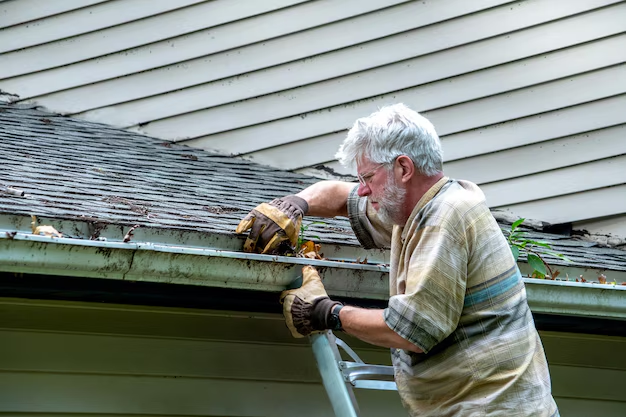How Long Should a Roof Last? Uncovering the Lifespan of Your Rooftop Investment
When it comes to home renovations, the roof is one of the most significant investments that can impact your property's value and safety. Knowing how long a roof typically lasts can help homeowners plan for replacement costs and avoid unexpected damage. But the lifespan of a roof isn't a one-size-fits-all answer—it varies based on materials, climate, installation quality, and maintenance. Let's explore the average lifespan of different roofing materials and some practical steps to prolong roof longevity.
Understanding Roof Lifespan by Material
1. Asphalt Shingles:
Asphalt shingles are the most common roofing material used in residential settings due to their affordability and ease of installation. They generally last about 20 to 25 years. However, premium architectural shingles can extend that lifespan by an additional 5 to 10 years.
2. Wood Shingles and Shakes:
These natural materials provide a charming aesthetic, but they require more maintenance. Under ideal conditions, wood shingles can last 30 to 40 years, while wood shakes might reach up to 40 to 50 years.
3. Metal Roofing:
Whether aluminum, steel, or copper, metal roofs are known for their durability and resistance to harsh weather conditions. A well-maintained metal roof can last anywhere from 40 to 70 years.
4. Slate Roofing:
Among the most long-lasting options, slate tiles can endure for 75 to over 100 years. While the initial investment is higher, their longevity and timeless beauty often justify the cost.
5. Tile Roofing (Clay and Concrete):
These roofs, especially popular in warmer climates, can withstand the test of time for 50 to 100 years with proper care.
Factors Influencing Roof Longevity
Even within the expected ranges, various factors can influence how long your roof will last:
- Climate: Extreme weather, like heavy snow, rain, or high winds, can reduce a roof's lifespan.
- Installation Quality: A professionally installed roof without shortcuts is more likely to reach its full potential.
- Maintenance: Regular inspections and timely repairs can prevent minor issues from escalating into major damage.
Maximizing Your Roof's Value
Proactively maintaining and occasionally updating your roof can stave off premature replacements and safeguard your home. Yet, repairs and replacements come with their costs, often requiring significant financial planning.
Exploring Financial Avenues for Roof Repairs
For many, roof replacement or major repairs might seem financially daunting. Fortunately, numerous resources are available to alleviate the burden:
💸 Government Aid Programs: Check with local and state governments for home improvement grants or tax credits aimed at energy efficiency improvements.
🏦 Financing Options: Homeowners might explore home equity loans or personal loans specifically designed for home renovations.
📈 Insurance Solutions: Sometimes, your homeowner's insurance policy may cover certain types of roof damage, depending on the cause. Reviewing your policy or consulting your provider can illuminate available opportunities.
📉 Credit Card Solutions: Introductory 0% APR credit cards can provide a temporary, interest-free solution if you’re confident in your ability to pay off the balance quickly.
🎓 Educational Opportunities: For those eligible, educational programs or assistance for learning sustainable roofing techniques can also help reduce costs while adding value.
Navigating these opportunities could open doors to secure your home's future without straining your finances. Staying informed about available resources ensures you're not caught off guard when it's time to invest in your roof.
Quick Contacts for Financial Support
- 💰 Energy-Efficient Home Improvement Tax Credits: Enhance your home’s efficiency and pocket tax savings.
- 🏚️ Local Housing Assistance Programs: Check your community listings for grants and low-interest loans.
- 💳 0% APR Credit Cards: Short-term finance option with credit benefits.
- 🏘️ Insurance Claims: For storm or accidental damage.
- 🎓 Career and Technical Education Grants: Explore grants for specialized training in sustainable home care.
Investing in your roof is an opportunity to enhance your home's strength while making prudent financial decisions. By understanding the lifespan of your current roof and evaluating financial assistance options, you can ensure that your home remains a safe haven for years to come.
